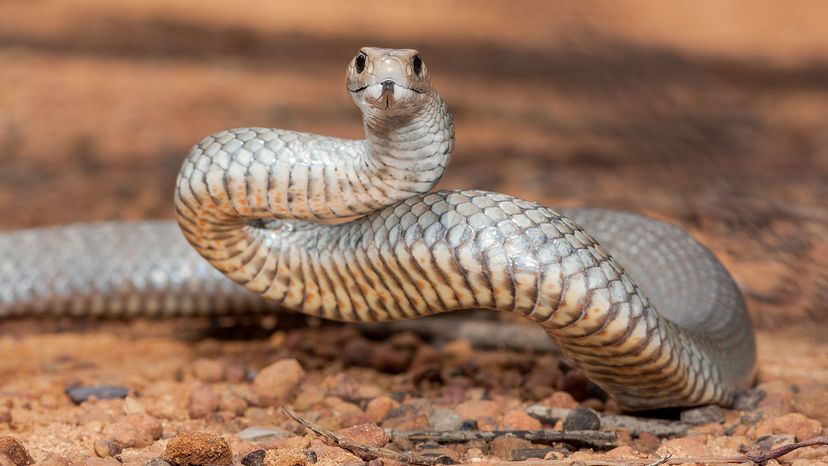
Eastern brown snakes are among the most notorious venomous snakes in Australia. Known for their speed, agility and highly potent venom, these snakes are responsible for more snake bites in Australia than any other species.
Despite their dangerous reputation, the eastern brown snake is an important part of the ecosystem, playing a critical role in controlling rodent populations.
Advertisement
Found primarily in eastern Australia, these snakes are highly adaptable and can thrive in a variety of environments, from rural farmlands to suburban gardens. Understanding their behavior and characteristics is key to safely coexisting with these remarkable reptiles.











